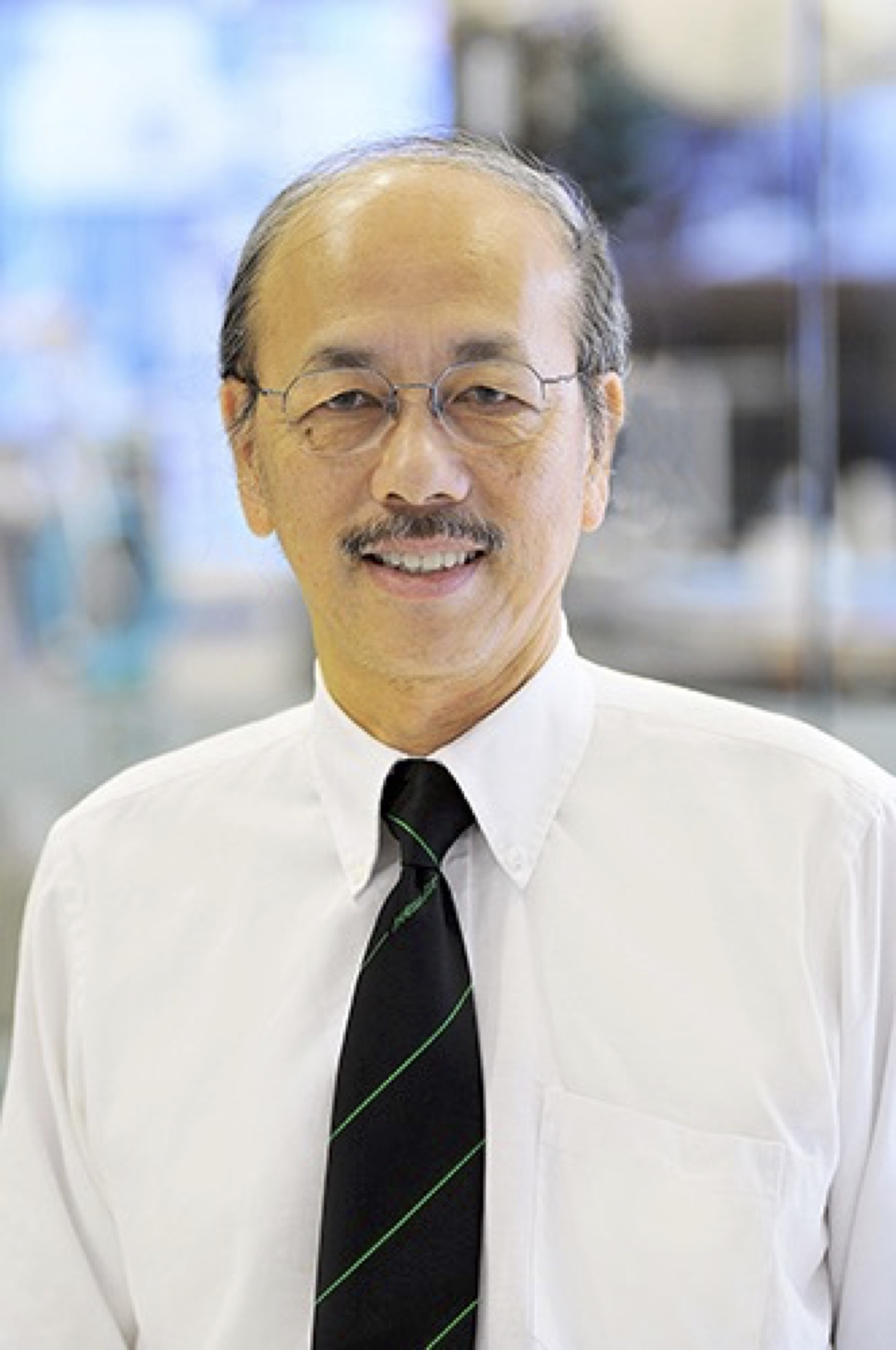Biography - Wah ChiuBiography | Publications | Curriculum Vitae | Videos | Slides | Articles | Obituary
It can be argued that no one has had more impact on the field of electron microscopy overall than Wah. He has been an outstanding leader both in the development of experimental and computational electron microscopy methodology and in its application to many important and challenging biological systems. As a Ph.D. student and as a post-doctoral researcher at Berkeley he was involved with some of the early experiments in biological electron microscopy. Since then he has pushed the technique further and further toward very high resolution. It is a testament to his dedication that it is now becoming possible with single particle cryo-electron microscopy (cryo-EM) to resolve biomolecules at sufficient resolution for de novo structure determination. In support of this goal, Wah supported the development of several software packages used to process EM data and compute corresponding models. He is also a co-founder of emdataresource.org, a unified data resource for EM which has facilitated the development of community standards for validating EM data and corresponding models. Of particular importance has been his creation of the NIH-funded National Center for Macromolecular Imaging at Baylor College of Medicine. Wah has inspired many students and scientists from around the world to develop their knowledge of cryo-EM through workshops he has run. His in-fluence is also felt worldwide because of his many and superb collaborations. He is a generous collaborator who works with researchers to develop new methods for structure determination, to explore new biological systems to create synergies with other biophysical methods, and to create standards for validation. Beyond his contributions to the development of electron microscopy methods, Wah has had a direct impact in the area of basic health sciences through structural studies of molecules of medical significance, in particular the structures of viruses at high resolution and the protein folding chaperonins. He has engaged in developing tools for electron cryo-tomography to study structurally heterogeneous systems. He has contributed to the broader community by his work on high level advisory committees and on his membership on the editorial boards of a number of journals. It is safe to say that the field of cryo-EM would not be where it is today without Wah’s enthusiastic and passionate promotion of the technique. He has been a force for innovation and discovery throughout his illustrious career and this has been recognized by his being named a Member of the National Academy of Sciences. |

 Wah Chiu, the Wallenberg-Bienenstock Professor at Stanford University and SLAC National Accelerator Laboratory, is the recipient of the 2021 M. J. Buerger Award which “recognize[s] mature scientists who have made contributions of exceptional distinction in areas of interest to the ACA.”
Wah Chiu, the Wallenberg-Bienenstock Professor at Stanford University and SLAC National Accelerator Laboratory, is the recipient of the 2021 M. J. Buerger Award which “recognize[s] mature scientists who have made contributions of exceptional distinction in areas of interest to the ACA.”